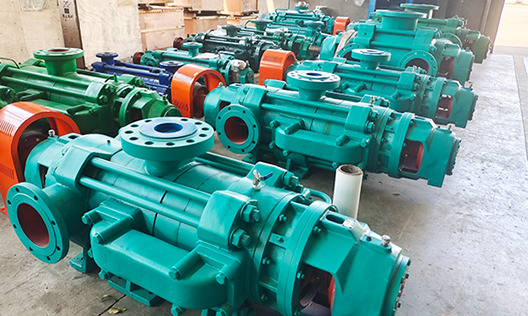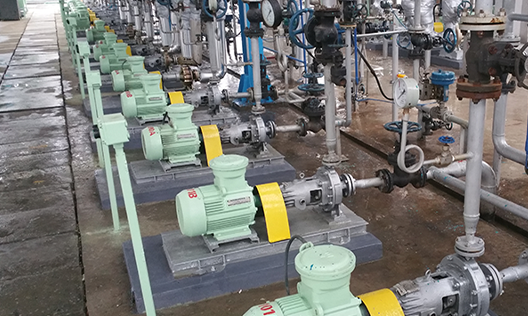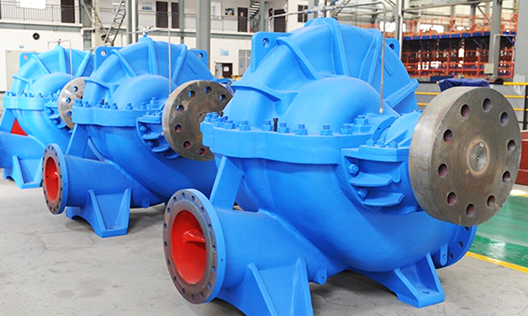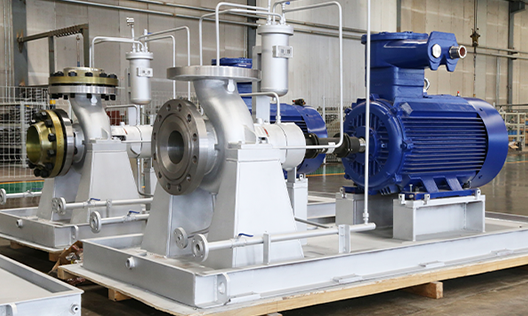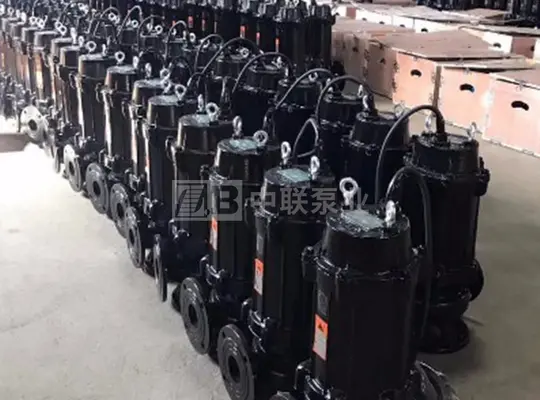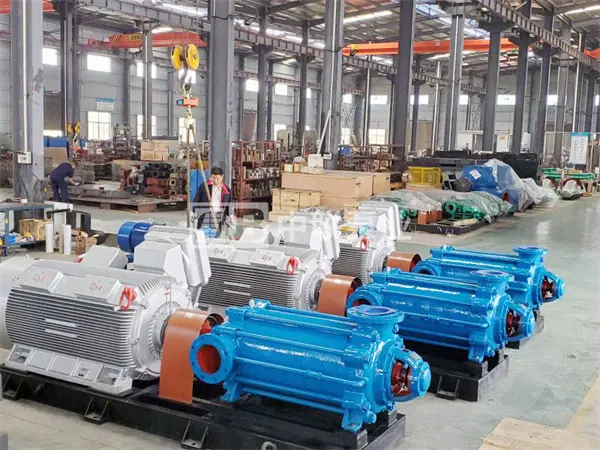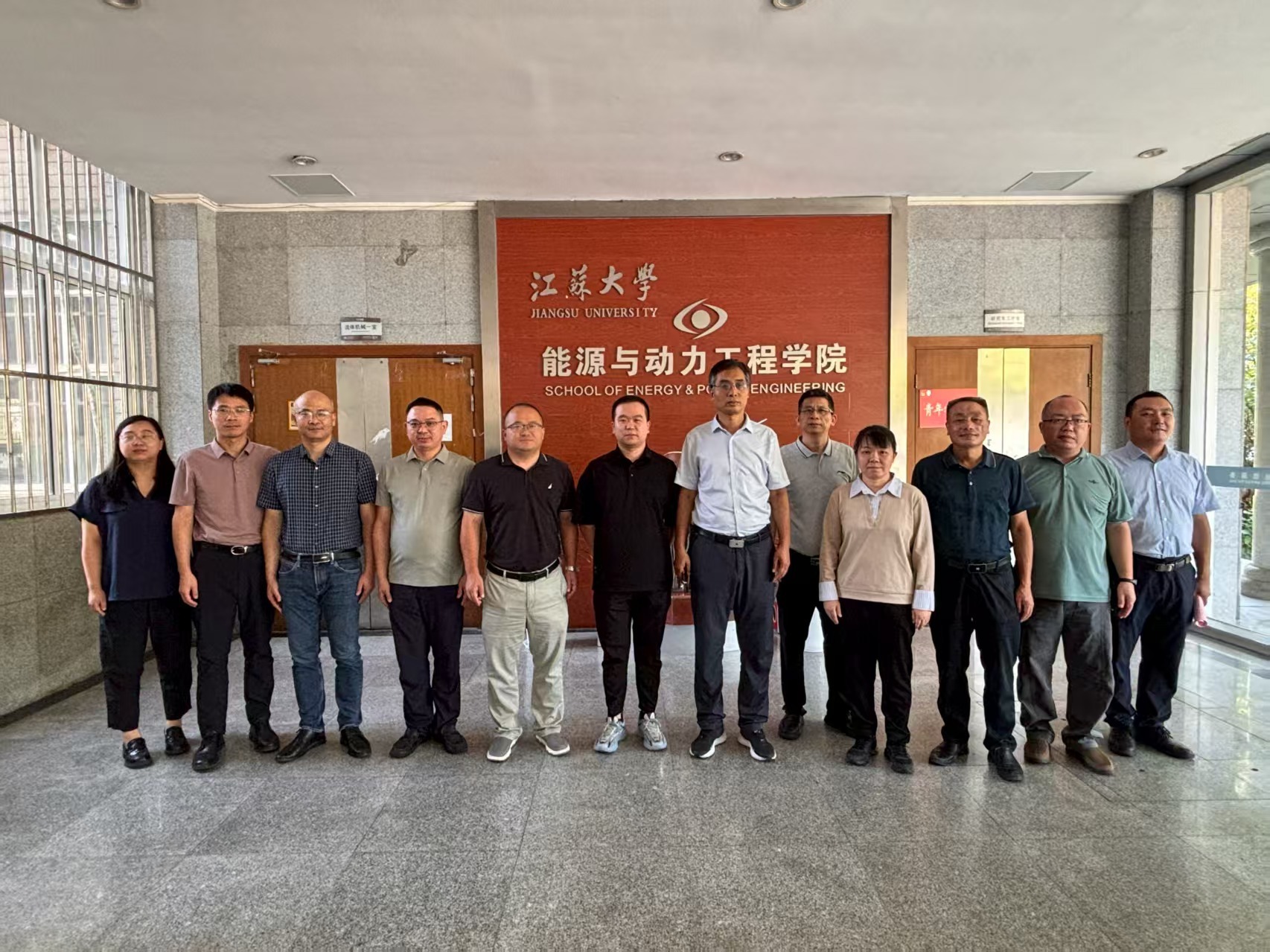To ensure stable freshwater production in seawater desalination, pump selection cannot be a one-size-fits-all approach—each stage, from seawater intake to freshwater delivery, operates under vastly different conditions. Choosing the right pump is crucial for maintaining both efficiency and longevity. When combined with mainstream desalination technologies (such as reverse osmosis), it becomes clear which pump types are best suited for each specific环节. In this article, Changsha Zhonglian Pump Industry, a leading pump manufacturer, will address common customer questions about selecting the ideal pump for seawater desalination—and provide detailed guidance on how to make the most reliable choices based on each stage of the process!
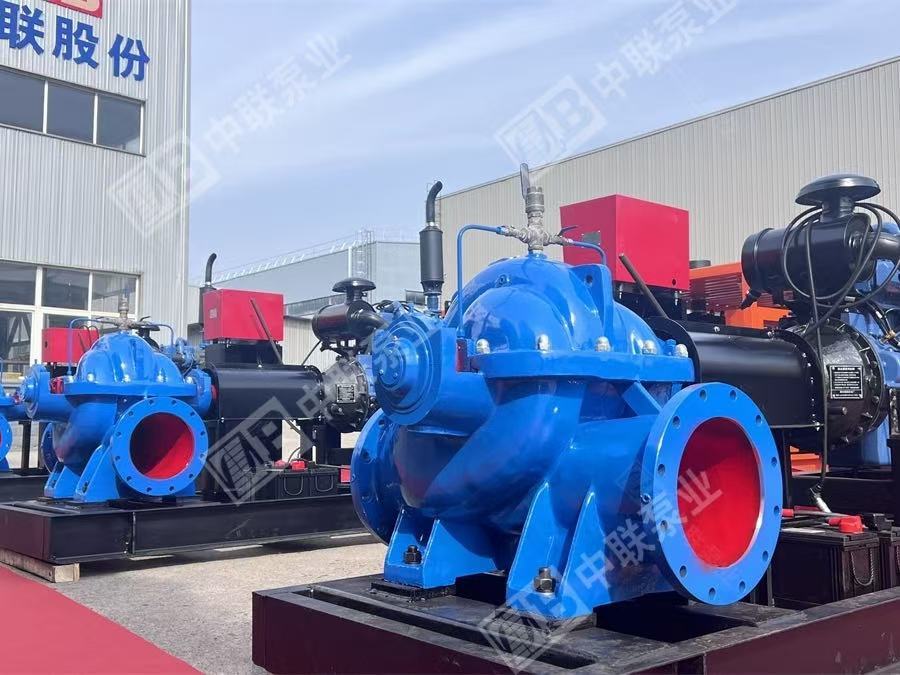
First is the water intake and pretreatment stage, where the core requirement is "corrosion resistance and high flow rate." In this step, seawater—characterized by its high chloride ion concentration—is directly drawn in. Ordinary steel materials would quickly corrode under these conditions, so it’s recommended to use corrosion-resistant centrifugal pumps or long-shaft pumps. Crucially, key components must be made from duplex stainless steel (such as the 2507 grade) or even titanium alloy, which can effectively withstand chloride ion attack. If the water is being drawn from nearshore or offshore platforms, the required head typically ranges from 10 to 50 meters; in such cases, selecting a vertical long-shaft pump with a matching flow rate is more space-efficient. For water intake from deeper offshore locations, a diesel engine can be integrated as an additional power source.
Centrifugal pump
Crew , select the pump type according to flow rate and head.
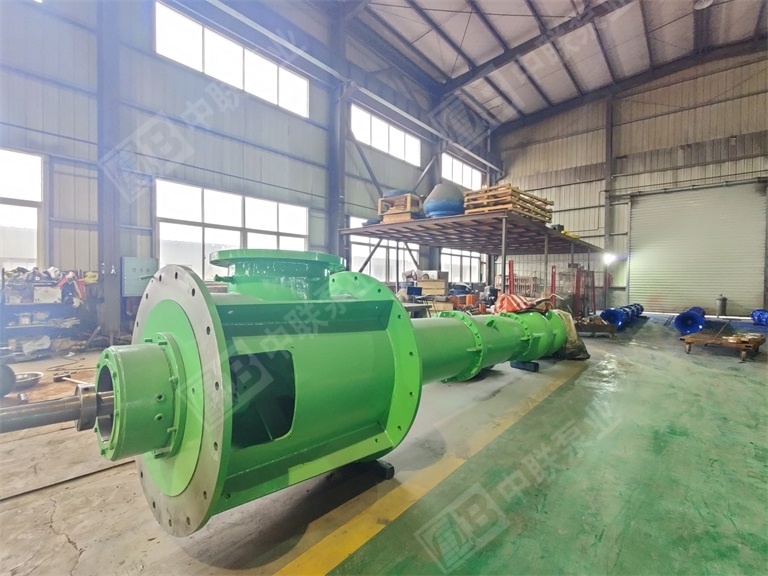
The core reverse osmosis process relies on the high-pressure pump as its "heart," which must deliver "high head and stable pressure." The reverse osmosis membrane requires high pressure to drive seawater through, with the typical head reaching 500 to 900 meters.
Multistage centrifugal pump
It’s the mainstream choice. For example, Nissan offers a system capable of producing 3,000 tons of freshwater per day, which can be paired with a high-pressure pump delivering a flow rate of 500 m³/h and a head of around 600 meters. The impeller features a back-to-back installation design, effectively balancing axial forces for smoother operation and enhanced stability. Additionally, the materials must be highly corrosion-resistant, and the mechanical seals should be made from specialized seawater-compatible materials to prevent leakage even under high pressure.
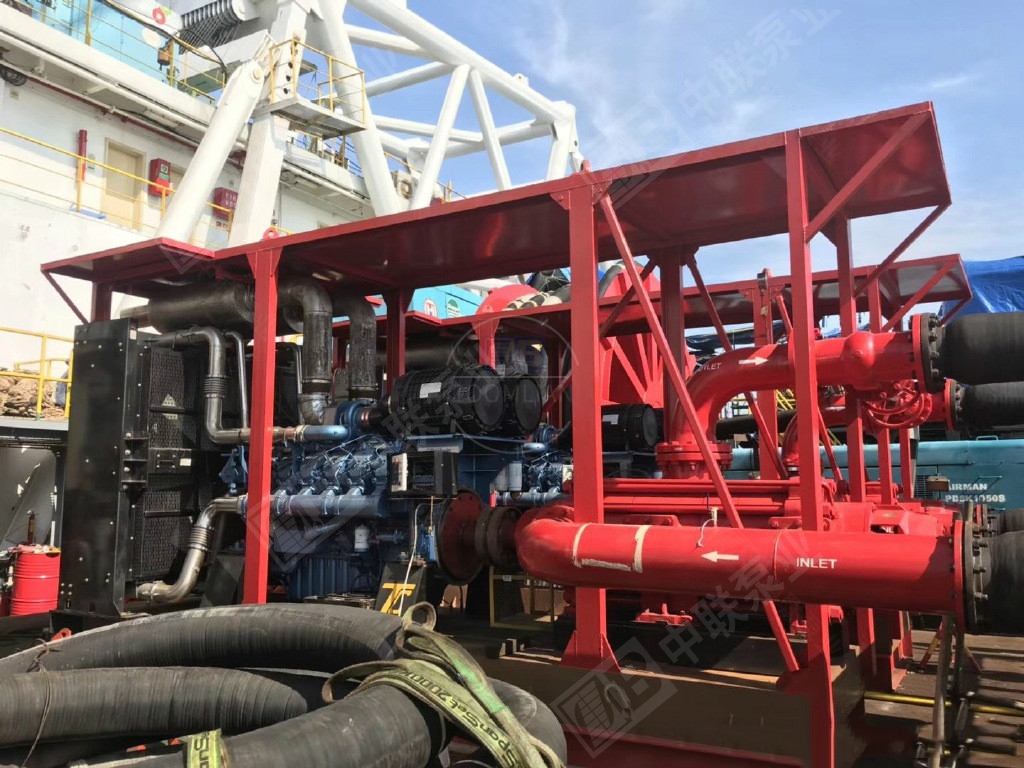
Zhonglian Pump Industry: Seawater and High-Pressure Reverse Osmosis Dedicated High-Pressure Multistage Centrifugal Pumps (Equipped with Diesel Engine)
Finally, there’s the freshwater delivery stage, where pump selection is relatively straightforward—focus primarily on "cleanliness and compatibility." Since the treated freshwater is non-corrosive, a standard stainless steel centrifugal pump will suffice. The head pressure should be adjusted according to the delivery distance: for example, within the factory premises, a pump with a head of 10–30 meters is ideal, while for long-distance pipeline systems, you can upgrade to over 50 meters.
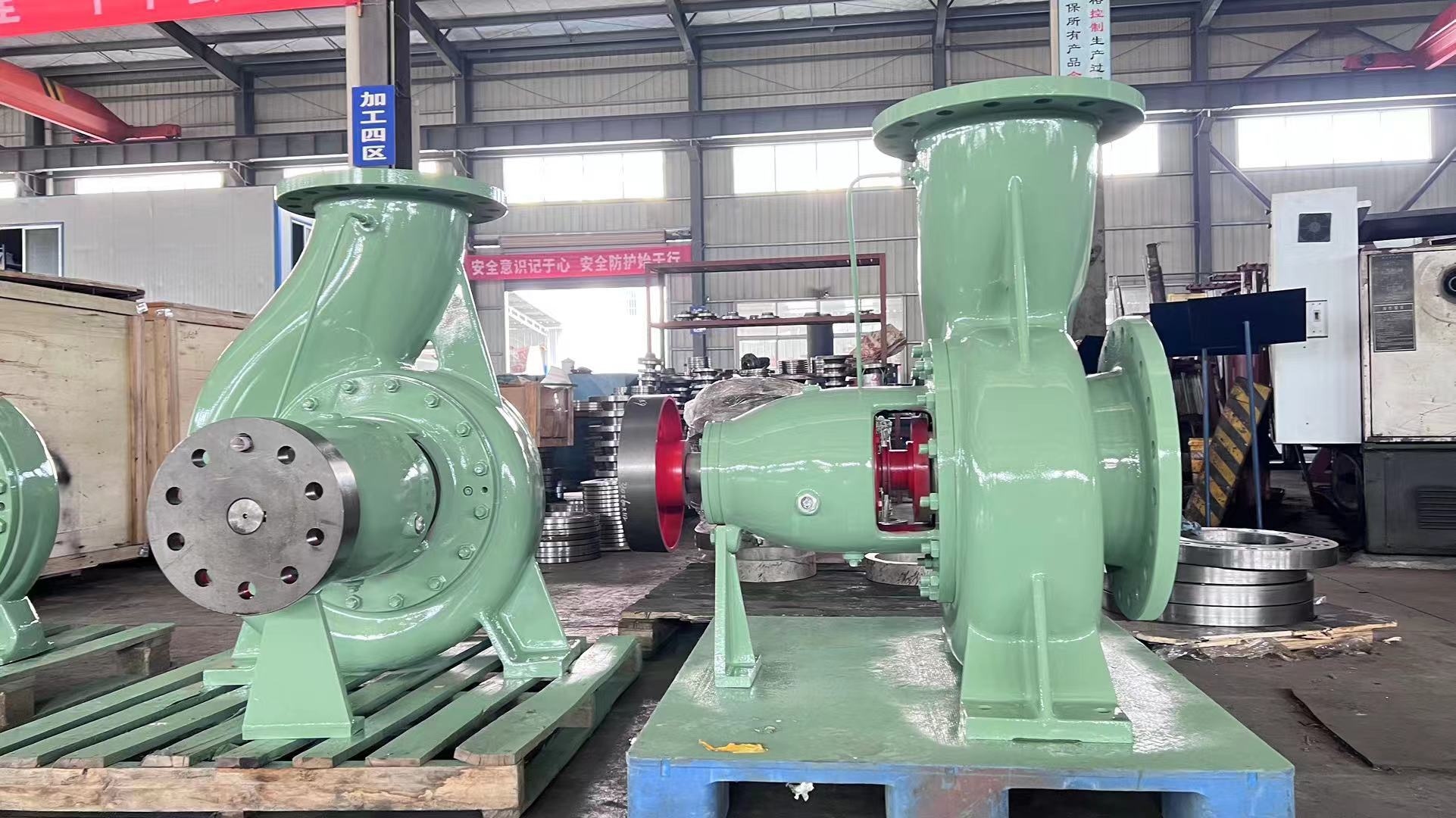
When selecting a seawater desalination pump, there’s one crucial factor: Regardless of the specific stage, always avoid using ordinary carbon steel—instead, prioritize duplex stainless steel or glass-reinforced plastic. At the same time, make sure the pump’s net positive suction head (NPSH) matches the fluctuations in the water intake level to prevent damage from dry running. By carefully matching the pump to each stage of the process, you can ensure stable operation while also reducing long-term maintenance costs.
Previous:
Recommended Information


